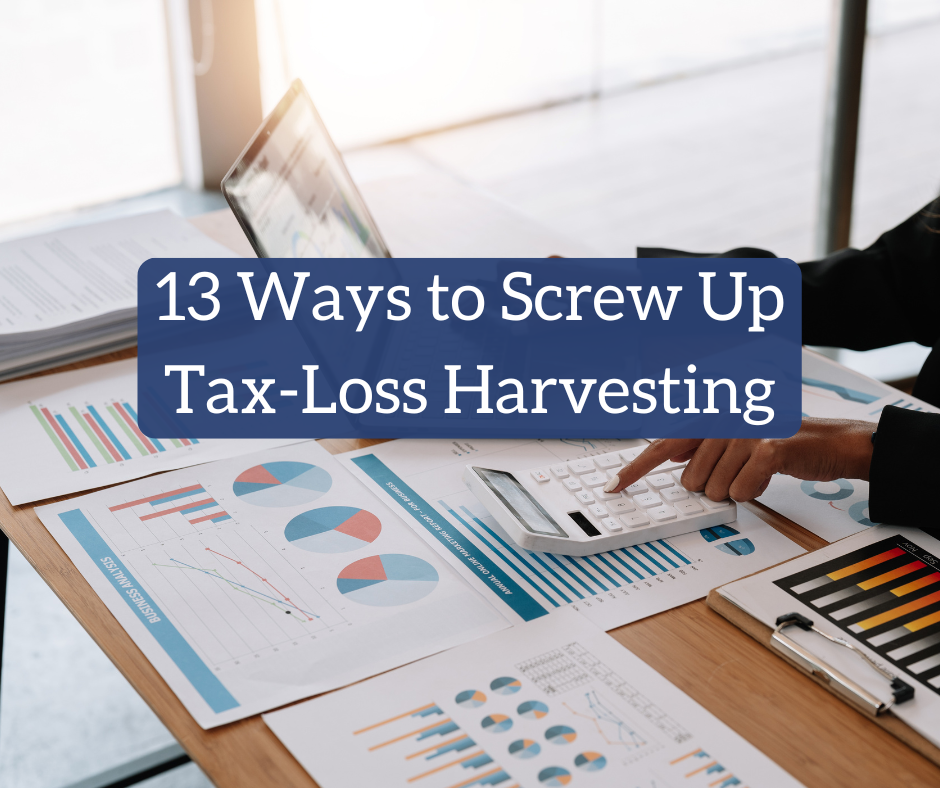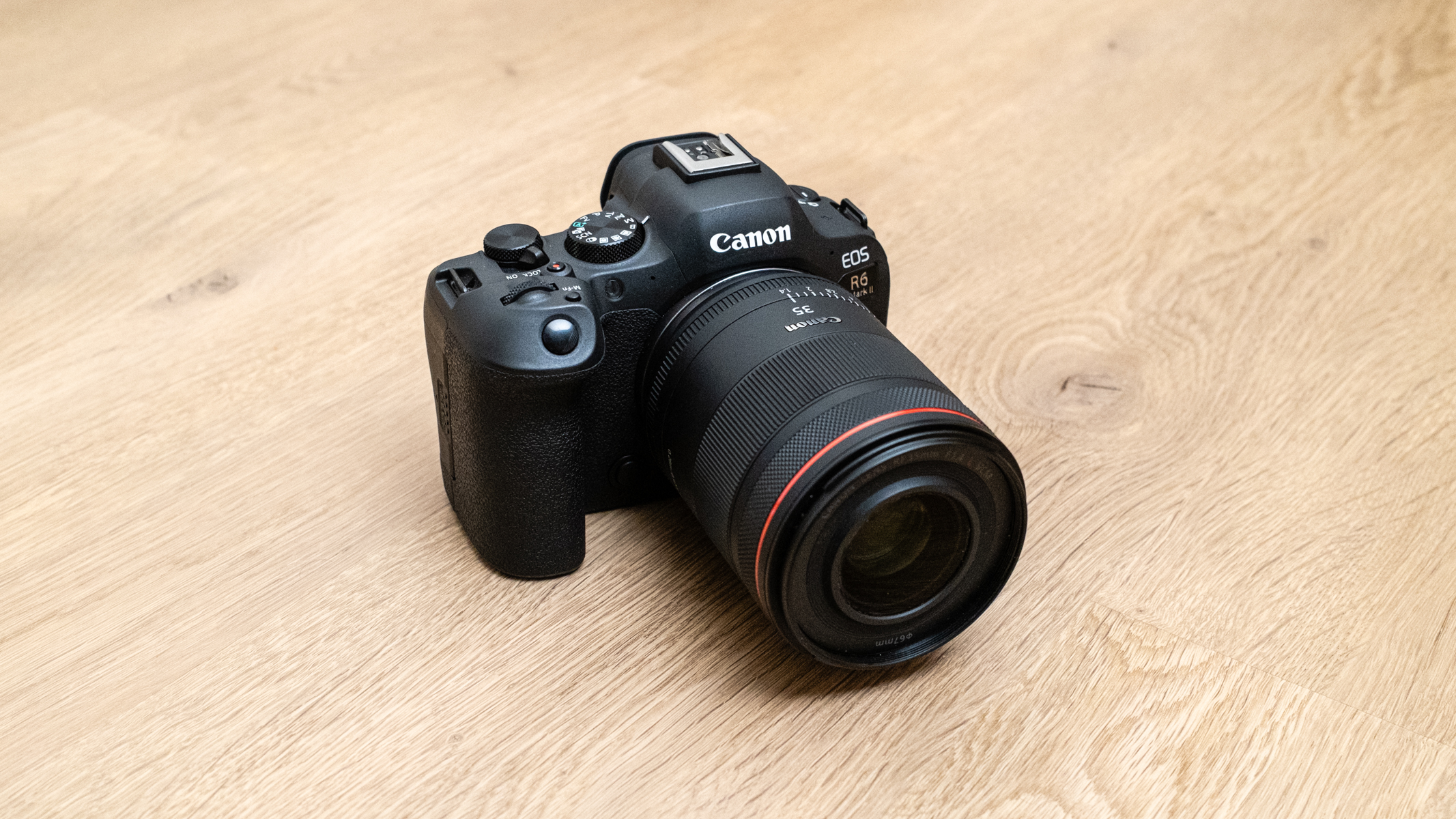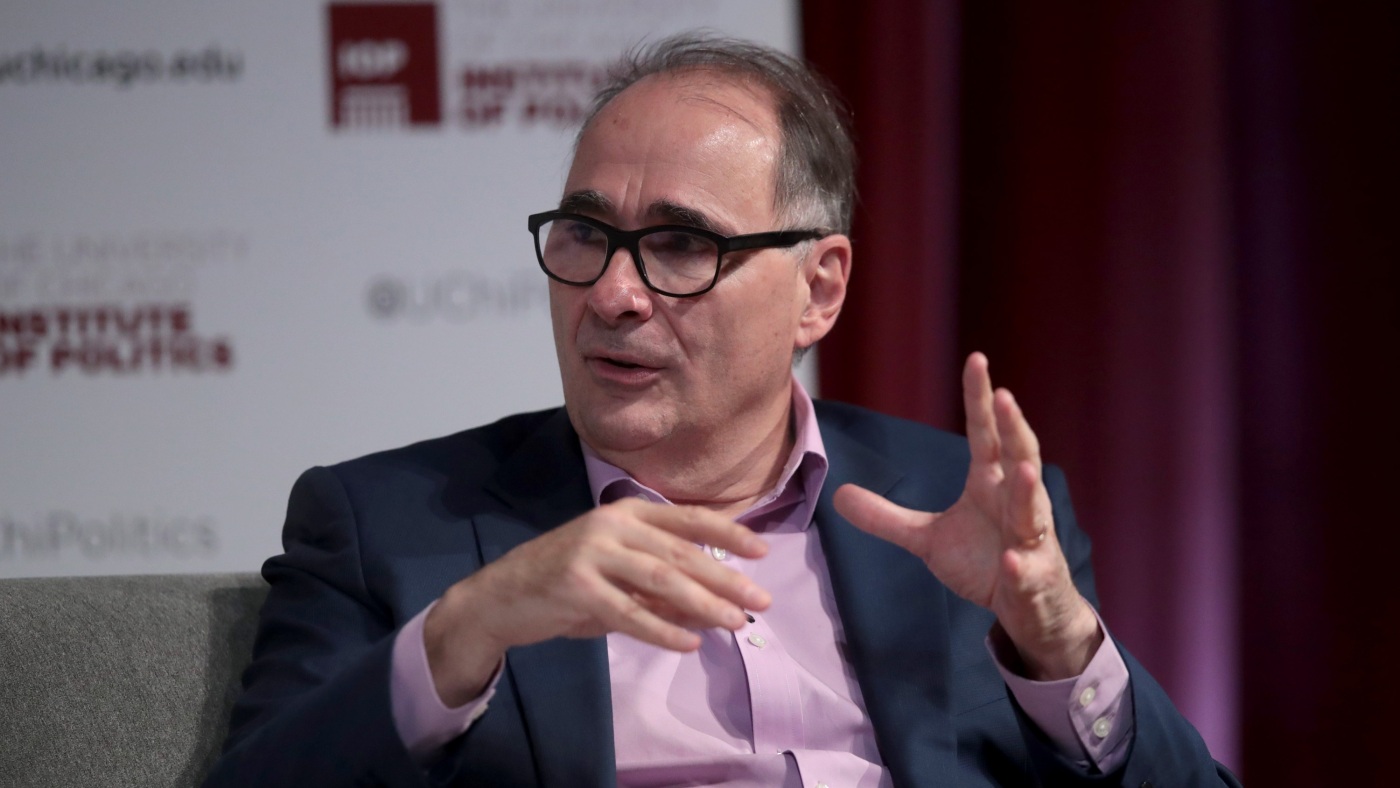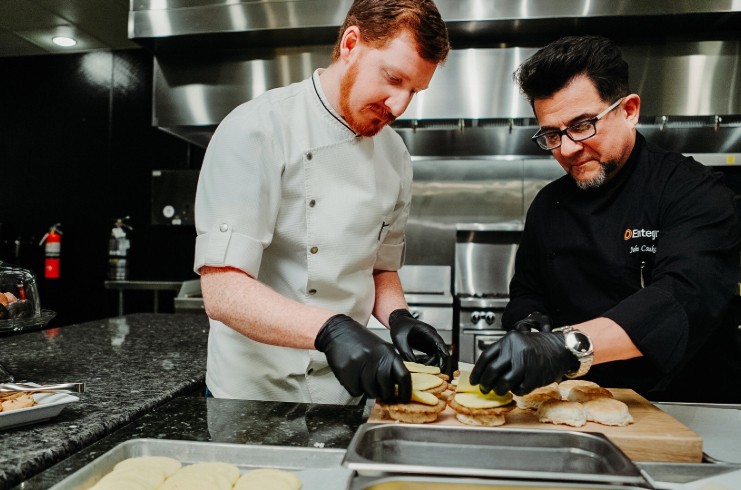The Moodie View: On tariffs, tensions and investing in Havaianas
here is no longer a local market, singular, writes our Founder & Chairman. Crossborder, ecommerce, daigou reselling and a grey market that has been around pretty much since Adam and Eve diverted the forbidden fruit from the tree of knowledge all represent ultra-competitive fronts.
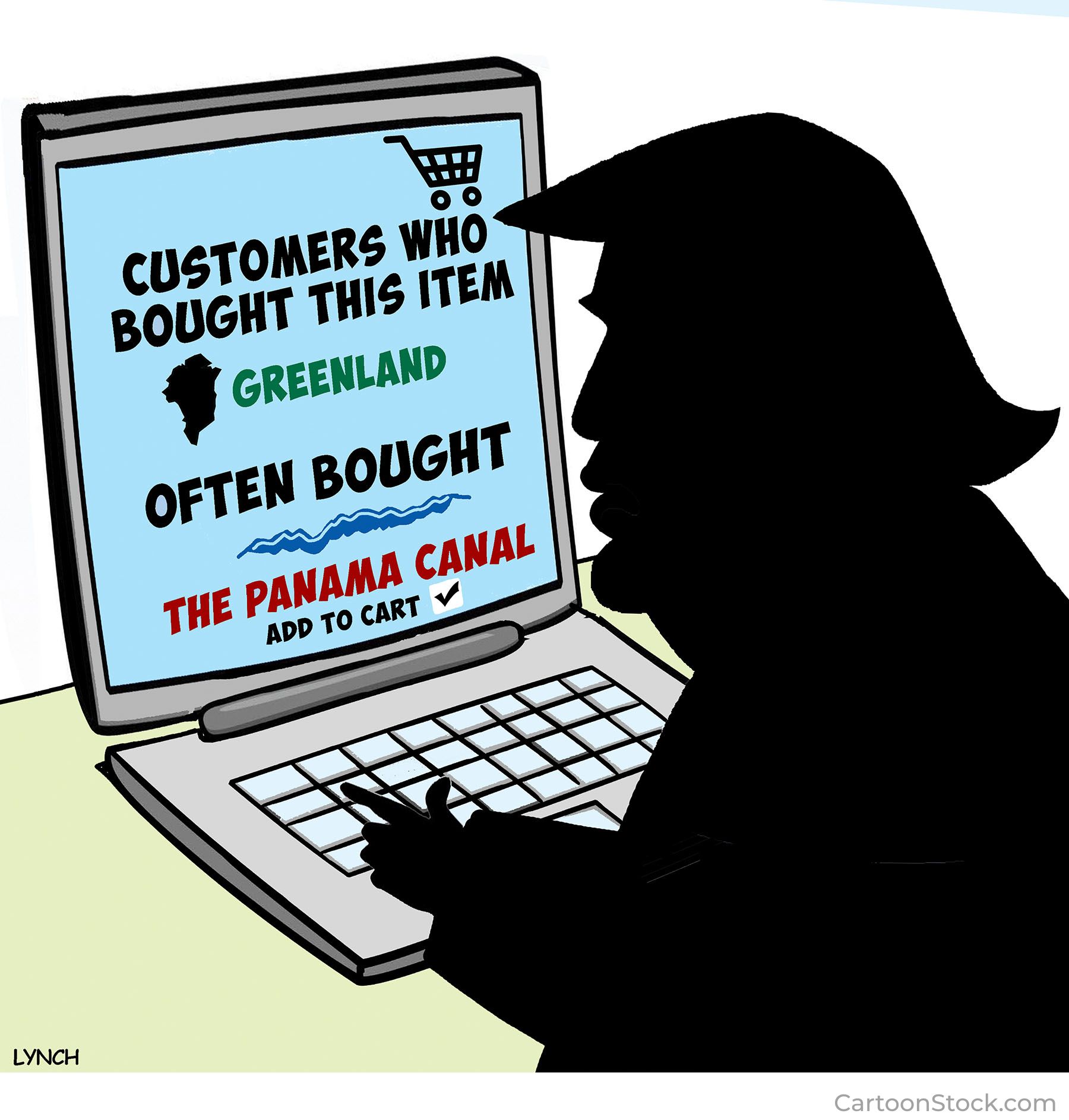

INTERNATIONAL. To coincide with TFWA Asia Pacific in Singapore this week, The Moodie Davitt Report published a special digital & print edition of our market-leading Magazine.
As always, company Founder & Chairman Martin Moodie kicks off the issue with his editorial overview, for once constrained by a long lead time (the result of the printing and production process) instead of the usual lightning speed of ‘the website that never sleeps’. Here is how he set about the challenge of writing a leader well ahead of its publication date while trying to ensure it remained relevant.
Given US President Donald Trump’s almost daily changes of both policy and mood – like a turbo-charged pendulum – it is hardly surprising that much has changed since this article was written.
As CNN’s Allison Morrow wrote so evocatively yesterday: “Tracking the trade war in 2025 feels a bit like getting repeatedly punched in the gut.
“We suddenly have a 90-day detente in a manufactured crisis The US has lowered its 145% tariffs on most Chinese imports to 30%, and China has reduced its 125% tariffs to 10%.
“In the distorted reality of Trump 2.0, that slightly lighter punch in the gut is what counts as relief.”
(For the ‘Arrested Development’ fans out there: Remember when Gob keeps punching Buster as a motivational tactic, saying, “Now, when you do this without getting punched, you’ll have more fun”? That’s more or less how businesses are feeling.)
And so this is how Martin Moodie set about the challenge…
Welcome to The Moodie Davitt Report.
Running ‘the website that never sleeps’ – a platform that literally functions 24 hours a day (and usually 7 days a week) – gives us tremendous flexibility to react with near-supersonic speed in analysing the impact of global developments on the travel retail channel.

However, publishing a dual print/digital magazine such as this is different. The demands of our Singapore printer (the paper format of this edition being distributed at TFWA Asia Pacific from 11 May) change the game. As I write (in the early morning hours of 25 April), we are having to deliver a near-200 page magazine some 17 days in advance of the trade show starting. Ridiculous. And perhaps symptomatic of why print publishing has lost
its way in the world.
 And so, in choosing my subject for this leader column, I simply know I am a hostage to fortune. For how, on the one hand, can I write about anything but the tariff war that has enthralled, appalled and darkened the world in equal measure over recent weeks and which – by dint of being a form of taxation – has direct and ostensibly positive repercussions for travel retail, a channel historically built on a ‘beat the taxman’ proposition?
And so, in choosing my subject for this leader column, I simply know I am a hostage to fortune. For how, on the one hand, can I write about anything but the tariff war that has enthralled, appalled and darkened the world in equal measure over recent weeks and which – by dint of being a form of taxation – has direct and ostensibly positive repercussions for travel retail, a channel historically built on a ‘beat the taxman’ proposition?
But equally, on the other hand, how can I possibly be even vaguely hopeful of my article remaining timely when US President Donald Trump is displaying more daily flip-flops than the entire Havaianas global store network?
But heck, in the somewhat optimistic hope that the world hasn’t gone entirely screwball by the time we publish, let me opine why the seemingly pervasive sentiment in the travel retail community that tariffs are good for the channel may be wide of the mark.
“As domestic prices rise and consumer sticker shock sets in, travel retail is being repositioned from a convenience to a necessity – offering a price-advantaged, duty-free alternative,” wrote the respected Jing Daily. “For global luxury brands, it’s fast becoming the most resilient channel in a volatile trade landscape.”
Really? Have you listened into the latest earning calls from DFS parent LVMH, L’Oréal, The Estée Lauder Companies and myriad other beauty and luxury companies? Resilient?
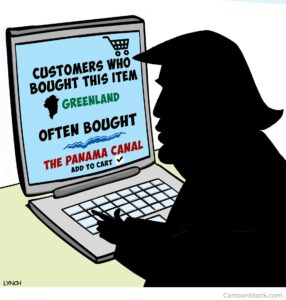
“Airport duty-free shopping can be a winner in any global tariff war,” observed Linus Benjamin Bauer, the founder of aviation-focused consultancy BAA & Partners. “With tariffs set to distort pricing across borders, the travel retail channel regains its edge as a value arbitrage opportunity.”
Oh that life was so simple. Alas, it is no longer a case of a tax and duty-discounted duty-free channel versus a higher-priced local market. There is no longer a local market, singular. Crossborder, ecommerce, daigou reselling and a grey market that has been around pretty much since Adam and Eve diverted the forbidden fruit from the tree of knowledge all represent ultra-competitive fronts.
The thinking of anyone who perceives ‘duty free’ or ‘travel retail’ in most markets (high-tax countries such as Norway, Finland or Sweden excepted) as a pure tax-beating proposition is, alas, rooted in the past.
Dubai Duty Free Managing Director Ramesh Cidambi is among the most astute readers of the travel retail business. He says, don’t look at the price differential; look instead at what the tariff war is doing to consumer sentiment.
Speaking just before Trump announced the 90-day pause on his ‘reciprocal’ tariffs, Cidambi told me: “I am mainly concerned about the increased chances of a recession in the United States.
“That is due to the possibility of both businesses and consumers holding back on spending due to the extraordinary uncertainty about the tariff rates and their implementation.”
Uncertainty. An all-pervading word in financial circles over the recent tumultuous weeks. All the noise that duty free is set for a big win fall equally flat with another seasoned and astute executive within the luxury and travel retail worlds, who told me, “The industry is not really in touch with the way the markets work. Price gaps are no longer duty-driven but strategic. While Trump is turning the world upside down this is a moment in time and not the future. I should add that is really a US issue and Americans are not exactly a top travel retail customer.”
And then the stinger. “We (the brands) need to step into the 21st century, a digital world where consumers have access to whatever they want
wherever it is from wherever they are. The days of inflated prices differences to drive a travel retail business are over. Chanel had it right. Maximum price difference can only be -10% across the globe and as the retail price in value goes higher that difference must go lower.
“The bottom line? We need to eliminate price as the reason to purchase.”
And perhaps invest in Havaianas. 





